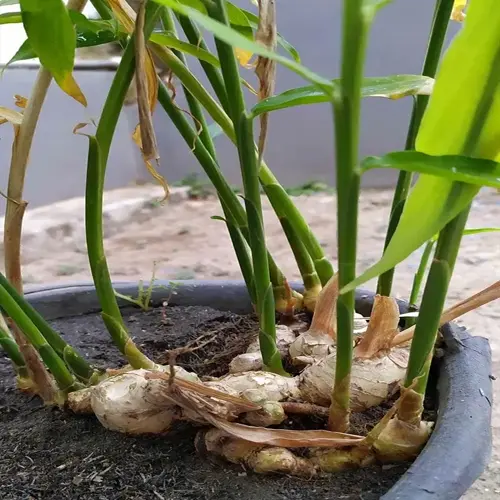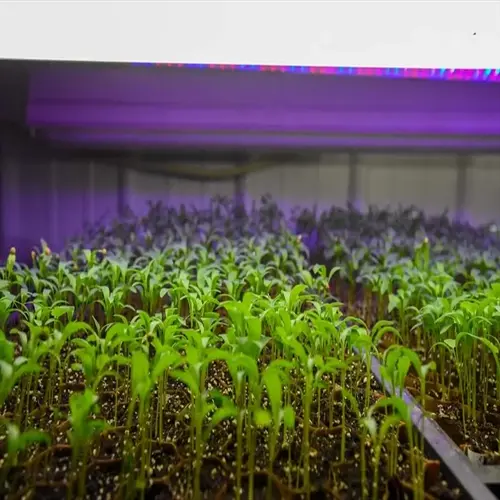Can mint be grown indoors year-round?

Written by
Kiana Okafor
Reviewed by
Prof. Martin Thorne, Ph.D.Maintaining mint indoors all year long is entirely possible with the correct conditions. Mint, a hardy culinary herb, adapts well when the right basic conditions are satisfied. You can enjoy mint indoors, regardless of the weather or time of year. Growing mint indoors can also help eliminate pest problems that gardens may experience. Success will depend on proper lighting, humidity, and container considerations.
Light Solutions
- Place near south-facing windows for maximum natural light
- Supplement with full-spectrum LED grow lights during winter
- Provide 6+ hours daily light exposure minimum
Humidity Management
- Use pebble trays filled with water beneath pots
- Group plants together to create micro-humidity zones
- Mist leaves lightly during dry winter heating periods
Container Considerations
- Ensure pots have drainage holes to prevent waterlogging
- Use smaller containers to match indoor space constraints
- Rotate pots weekly for even growth toward light
Windows facing south are your best bet for good indoor mint light. Place containers at least 12 inches away from the glass. Rotate plants every week since light is coming from a single direction. During the short winter days, supplement light with artificial lighting sources.
Keep the humidity consistently between 40-60% around your plants. Dry indoor air causes leaf browning and stress to your plants. I like to keep my pots of mint on trays of pebbles in water right on the table surface. The water will evaporate, producing desirable microclimates for your plants.
Water when the top inch of soil is totally dry. Indoor mint requires less frequent watering than outdoor plants. You can check for moisture by inserting your finger into the soil. Overwatering is still the number one killer of indoor herbs.
Harvest indoor mint with the one-third rule for sustainability. The best time to harvest is in the morning, when the plant contains the highest levels of essential oils. By regularly pruning, you can keep the plant compact in the indoor environment. With proper care, plants can continue to produce fruit or flowers throughout the year.
Watch for common indoor challenges like leggy growth or pests. Insufficient light causes stretching toward windows. Spider mites appear in dry conditions. Address issues promptly for continuous harvests.
Read the full article: How to Grow Mint in Pots: A Complete Guide

